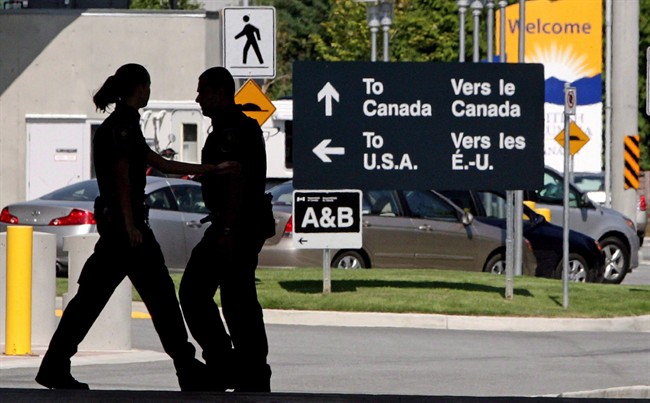The Nova Scotia government will study the economic impact of immigration, a move that comes after the number of immigrants who arrived in the province in 2016 was the highest since the Second World War.

The province issued a Request for Proposals (RFP) on Friday for the study, which Nova Scotia says will be co-funded by the Atlantic Canada Opportunities Agency (ACOA).
The province says it hopes the results of the economic impact study will fill a knowledge gap left by federal or regional studies that have not dug down into the data on Nova Scotia.
“This research will take a specific look at the economic impact of immigration on Nova Scotia,” said Lynette Macleod, a spokesperson for Nova Scotia Immigration.
“We know that immigration is making a positive economic difference across the province and is key to helping to grow our population, help employers meet their labour needs, and strengthen our communities.”
READ MORE: Canada is boosting immigration — here’s what the government is hoping to accomplish
Once results come in, the province says it will use the data to inform future policy and program decisions.
Details within the RFP indicate that the province is asking any organization that carries out the study to focus on the impact of immigration on Nova Scotia’s gross domestic product (GDP) over the next 20 to 30 years.
“Economic impacts should also include the effect of immigration on primary economic indicators such as productivity, employment and wages,” the document reads.
According to the document, 5,483 immigrants arrived Nova Scotia in 2016 — the highest number of immigrants to come to the province since the Second World War. In 2017 Nova Scotia welcomed 4,515 immigrants, the second highest level for the province.
The study will examine the potential of increasing immigration overall and increasing immigration in certain admission categories, including family class, economic class, refugees, as well as the Nova Scotia Nominee Program.
The province says the study must answer three questions:
- What are the levels of immigration needed to maintain a rising standard of living (real GDP per capita), despite the withdrawal of labour supply as the baby boom cohort retires?
- What are the interactions between immigration, labour supply, wages and productivity growth, as well as business development and entrepreneurship?
- How do the economic impacts of immigration differ by region (Halifax, Cape Breton Regional Municipality, the rest of the province, as well as looking specifically at regions like Cape Breton Island, the South Shore, Annapolis Valley, Eastern Shore, Northumberland Shore, Yarmouth and Acadian Shore)?
The raw data, an economic impact model and answers to all three questions are expected to be produced by Jan. 1, 2019, while a final report is expected to be submitted on Feb 28, 2019.
- Canadian man dies during Texas Ironman event. His widow wants answers as to why
- ‘Shock and disbelief’ after Manitoba school trustee’s Indigenous comments
- Several baby products have been recalled by Health Canada. Here’s the list
- ‘Sciatica was gone’: hospital performs robot-assisted spinal surgery in Canadian first









Comments